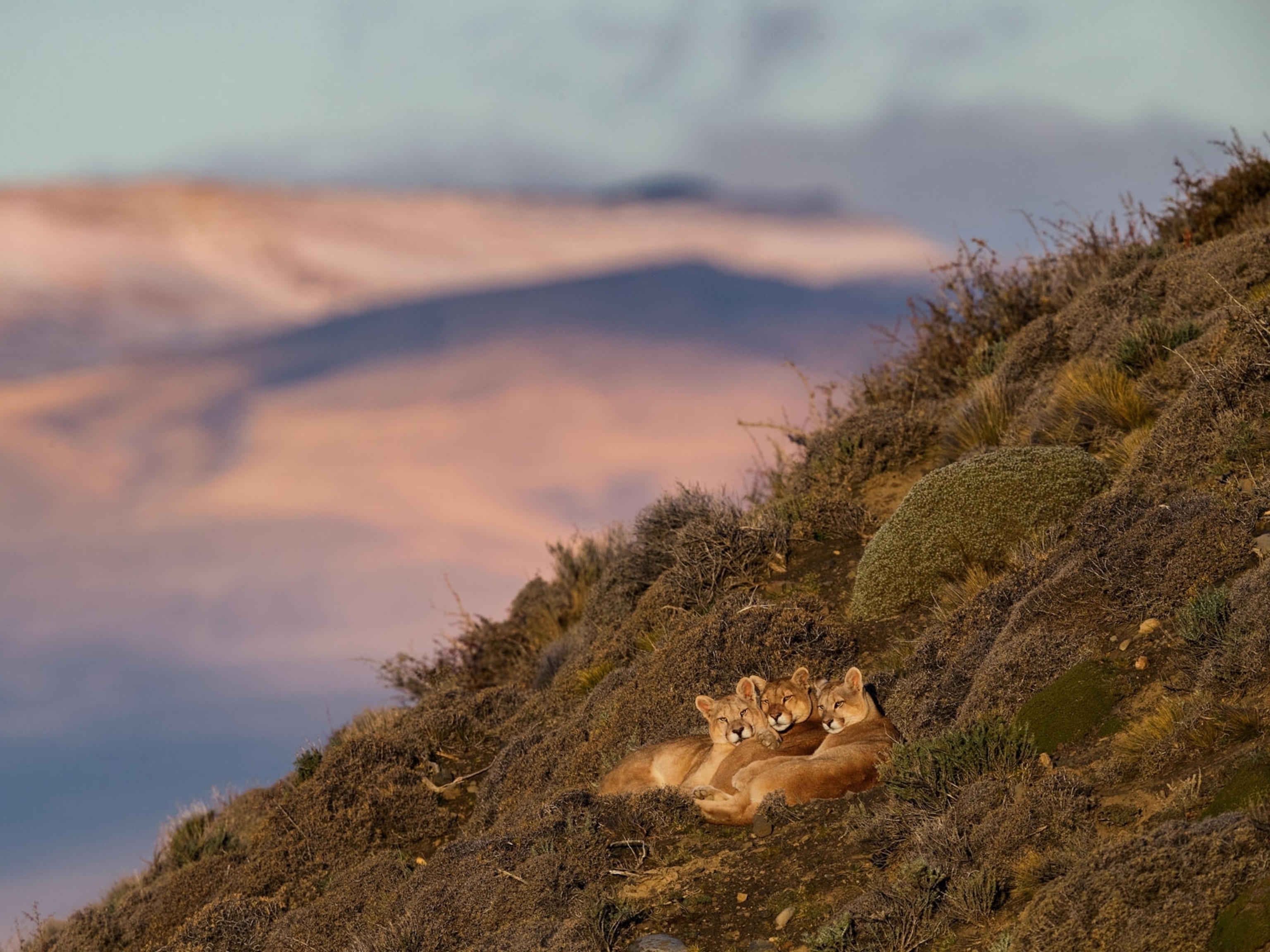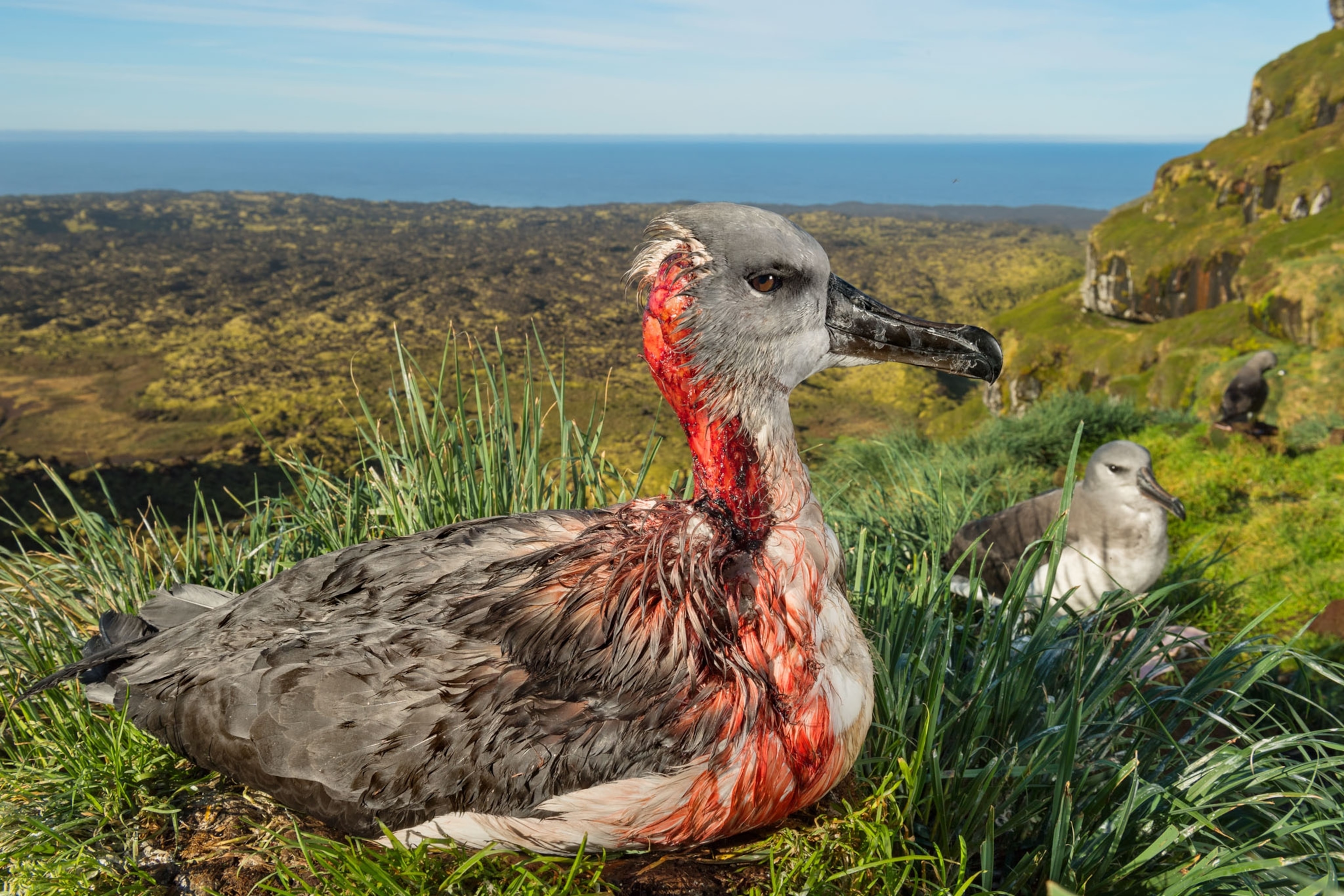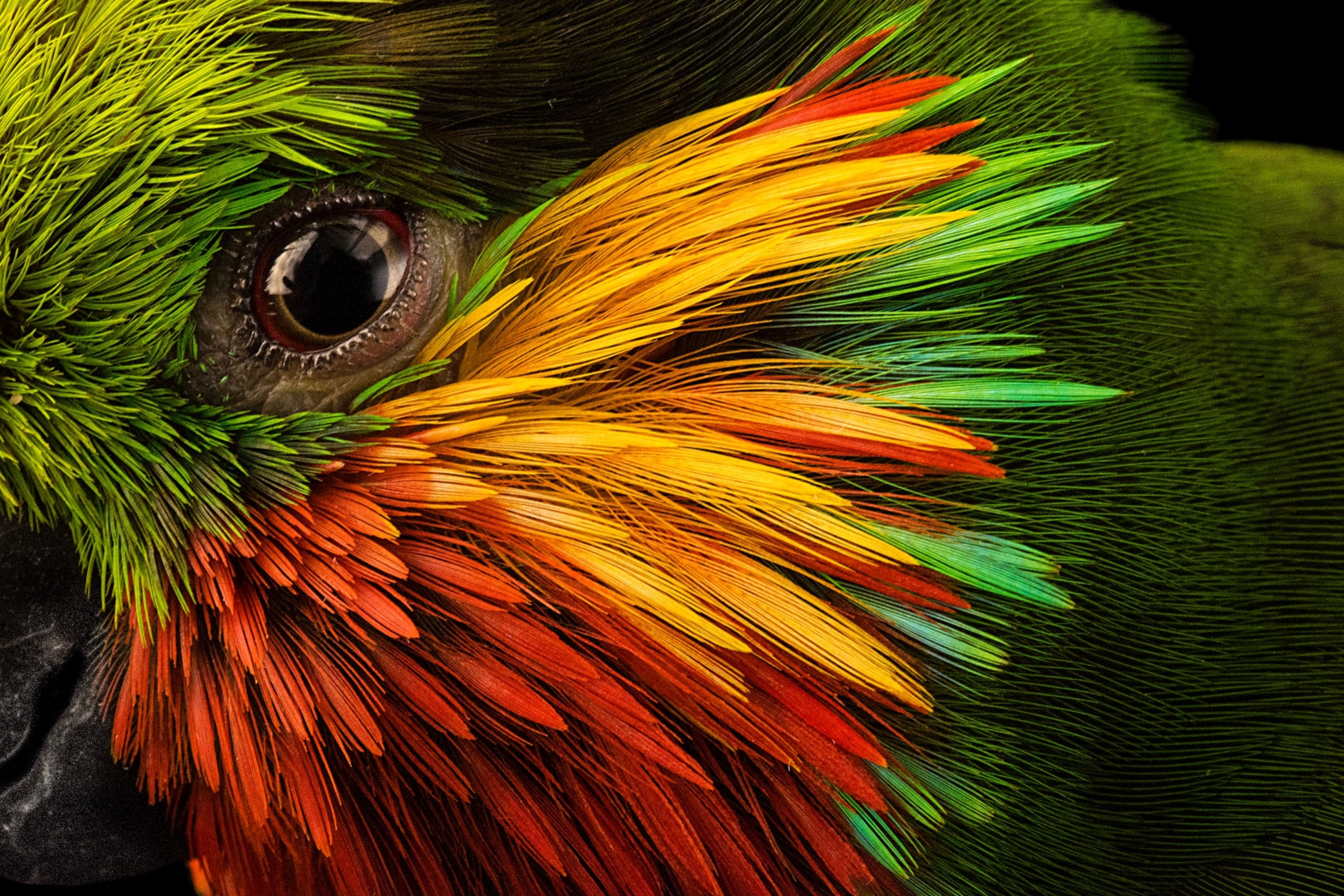The Dracula ant can strike 5,000 times faster than the blink of an eye, beating the old equivalent speed record by a factor of three.
Dracula ants get their name for the way they sometimes drink the blood of their own young. But this week, the insects have earned a new claim to fame.
Dracula ants of the species Mystrium camillae can snap their jaws together so fast, you could fit 5,000 strikes into the time it takes us to blink an eye.
This means the blood-suckers wield the fastest known movement in nature, according to a study published this week in the journal Royal Society Open Science.
Interestingly, the ants produce their record-breaking snaps simply by pressing their jaws together so hard that they bend. This stores energy in one of the jaws, like a spring, until it slides past the other and lashes out with extraordinary speed and force—reaching a maximum velocity of over 200 miles per hour.
It’s kind of like what happens when you snap your fingers, only 1,000 times faster.
Not only is the Dracula ant’s snap faster than other similar movements, such as the strike of a mantis shrimp or the leap of a froghopper, but it’s also simpler, says Fredrick Larabee, an entomologist at the Smithsonian Institution at the National Museum of Natural History and lead author of the study.
That's because other animals seem to power rapidly moving appendages through a series of separate latches, springs, and triggers.
“In this Dracula snapping ant, the spring and the latch are on the appendage that’s accelerating itself,” says Larabee.
You are what you eat
Before this study, the fastest animal movement record went to a species of trap-jaw ant, which holds its mandibles wide open and then relies on tiny, pressure-sensitive hairs to tell it when to close.
These ants can even use their spring-loaded jaws to escape from predators, like the antlion. (Watch: Ants use giant jaws to catapult out of death trap.)
“Trap-jaw ants tend to be sit-and-wait predators,” says Larabee. And a bear trap-like mouth works well for capturing other fast animals as they scuttle across the open spaces of the forest floor.
But Dracula ants are much more secretive predators. They prefer to hunt under the leaf litter or in subterranean tunnels, places where a large, open-jawed approach might not be all that effective.
Interestingly, some termites in the genus Termes pack a punch that is very similar in nature to the Dracula ants. While ants and termites aren’t all that closely related, this sort of co-evolution toward snap-powered strikes might make sense given that termites, too, do most of their battling in tight spaces.
There’s also evidence that this species of Dracula ant likes to hunt centipedes, which are themselves armed with chemical weaponry. It may be, then, that the Dracula ants need these rapid, powerful strikes in order to subdue their food before it can fight back.
“Of course, this is entirely speculation,” says Larabee.
King for a day
“I study high-speed motions in insects,” says Gregory Sutton, a biologist at the University of Lincoln in the United Kingdom. “I generally do insect jumping, so I see this ant work as spectacularly interesting stuff and very important for my own research.”
What’s really exciting, says Sutton, is that we know exactly where the energy is being stored as the jaw bends. “In a lot of these systems, we’re not sure exactly where the latch is,” he says, because they’re often internal. (Watch 'monster' ants attack faster than the blink of an eye.)
Think about the mechanisms that allow a flea or grasshopper to catapult itself into the air—much of that magic is hidden inside of the animal’s body, which makes it extremely difficult to study it as it works in nature. But with the Dracula ant, everything is happening externally as the jaws bend, which is what has allowed Larabee and his coauthors to measure these forces so precisely.
But is it truly the fastest movement in nature?
Sutton says speed is relative and can be defined in many different ways, from maximum velocity to acceleration. Fungi can release spores at vanishingly fast speeds, and the nematocyst cells responsible for a jellyfish’s sting explode on the scale of nanoseconds. Then there are Peregrine falcons, commonly recognized as the fastest animal, as they can reach speeds well over 200 mph while diving.
“But from the point of view of the insect limb behaviors—an insect moving a bit of its body—I don’t know of anything faster than 90 meters per second,” says Sutton (which is how fast these ants move their jaws). “So from my point of view, who’s fastest is less important than generating another example of how to do this. How many ways are there to skin this cat, so to speak?”
In any event, Larabee is not optimistic that the record will stand for long.
“I think some of these termites are probably just as fast if not faster as these snap jaw Dracula ants,” he says.
“That’s what makes biology cool,” says Larabee, “because there are so many animals out there that we know virtually nothing about.”
Related Topics
You May Also Like
Go Further
Animals
- How can we protect grizzlies from their biggest threat—trains?How can we protect grizzlies from their biggest threat—trains?
- This ‘saber-toothed’ salmon wasn’t quite what we thoughtThis ‘saber-toothed’ salmon wasn’t quite what we thought
- Why this rhino-zebra friendship makes perfect senseWhy this rhino-zebra friendship makes perfect sense
- When did bioluminescence evolve? It’s older than we thought.When did bioluminescence evolve? It’s older than we thought.
- Soy, skim … spider. Are any of these technically milk?Soy, skim … spider. Are any of these technically milk?
Environment
- Are the Great Lakes the key to solving America’s emissions conundrum?Are the Great Lakes the key to solving America’s emissions conundrum?
- The world’s historic sites face climate change. Can Petra lead the way?The world’s historic sites face climate change. Can Petra lead the way?
- This pristine piece of the Amazon shows nature’s resilienceThis pristine piece of the Amazon shows nature’s resilience
- Listen to 30 years of climate change transformed into haunting musicListen to 30 years of climate change transformed into haunting music
History & Culture
- Meet the original members of the tortured poets departmentMeet the original members of the tortured poets department
- Séances at the White House? Why these first ladies turned to the occultSéances at the White House? Why these first ladies turned to the occult
- Gambling is everywhere now. When is that a problem?Gambling is everywhere now. When is that a problem?
- Beauty is pain—at least it was in 17th-century SpainBeauty is pain—at least it was in 17th-century Spain
Science
- Here's how astronomers found one of the rarest phenomenons in spaceHere's how astronomers found one of the rarest phenomenons in space
- Not an extrovert or introvert? There’s a word for that.Not an extrovert or introvert? There’s a word for that.
- NASA has a plan to clean up space junk—but is going green enough?NASA has a plan to clean up space junk—but is going green enough?
- Soy, skim … spider. Are any of these technically milk?Soy, skim … spider. Are any of these technically milk?
Travel
- Could Mexico's Chepe Express be the ultimate slow rail adventure?Could Mexico's Chepe Express be the ultimate slow rail adventure?
- What it's like to hike the Camino del Mayab in MexicoWhat it's like to hike the Camino del Mayab in Mexico


































